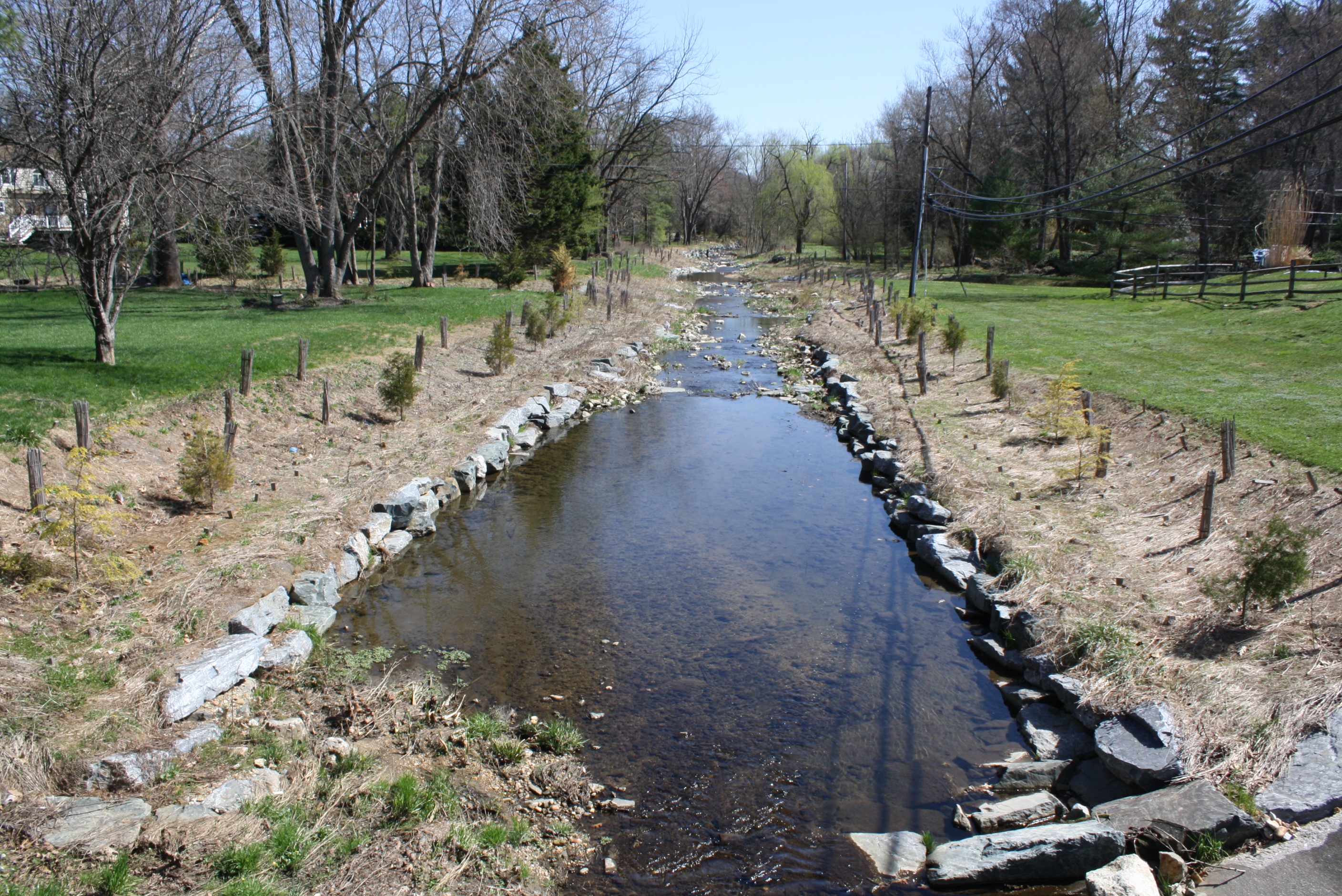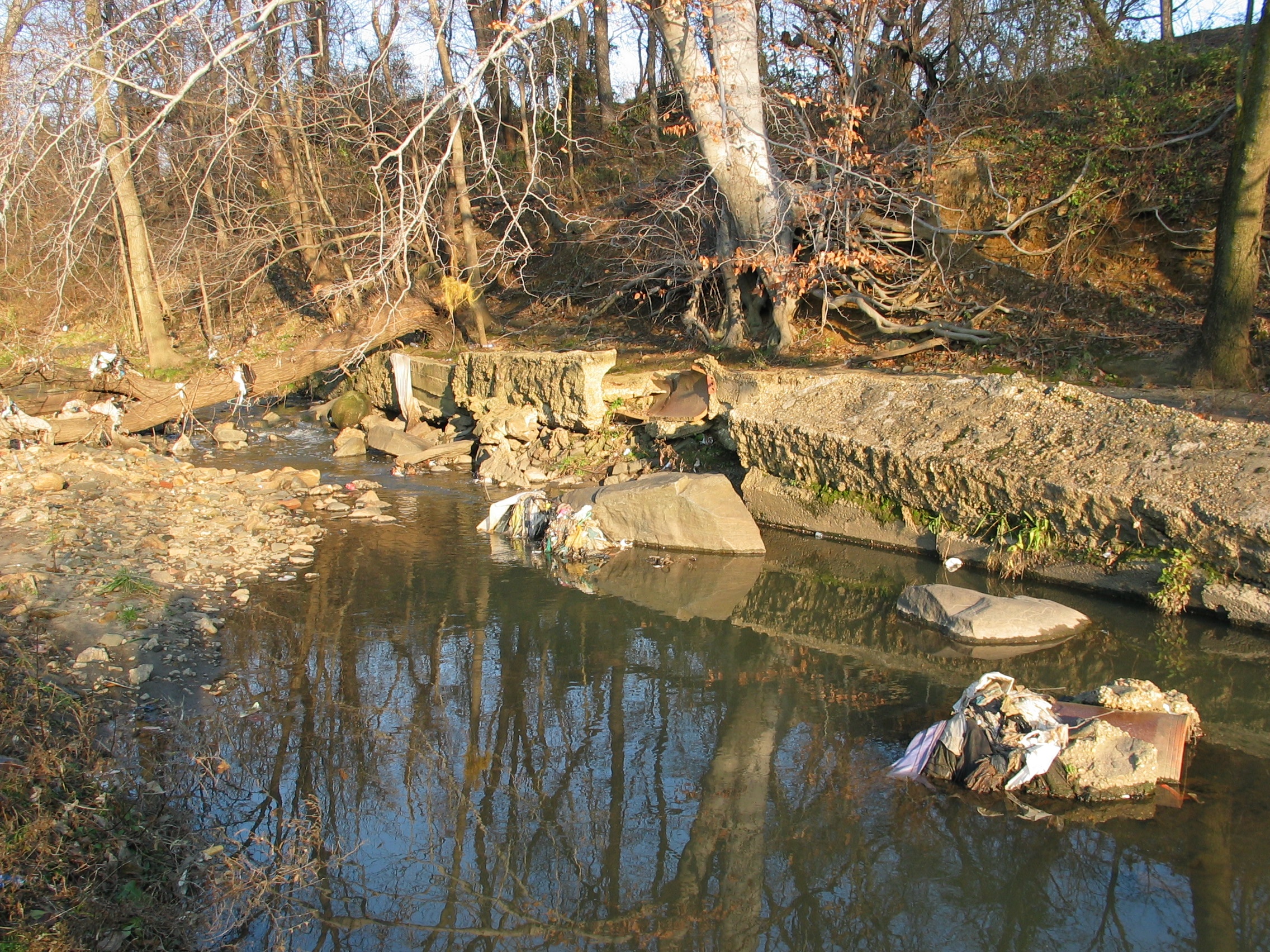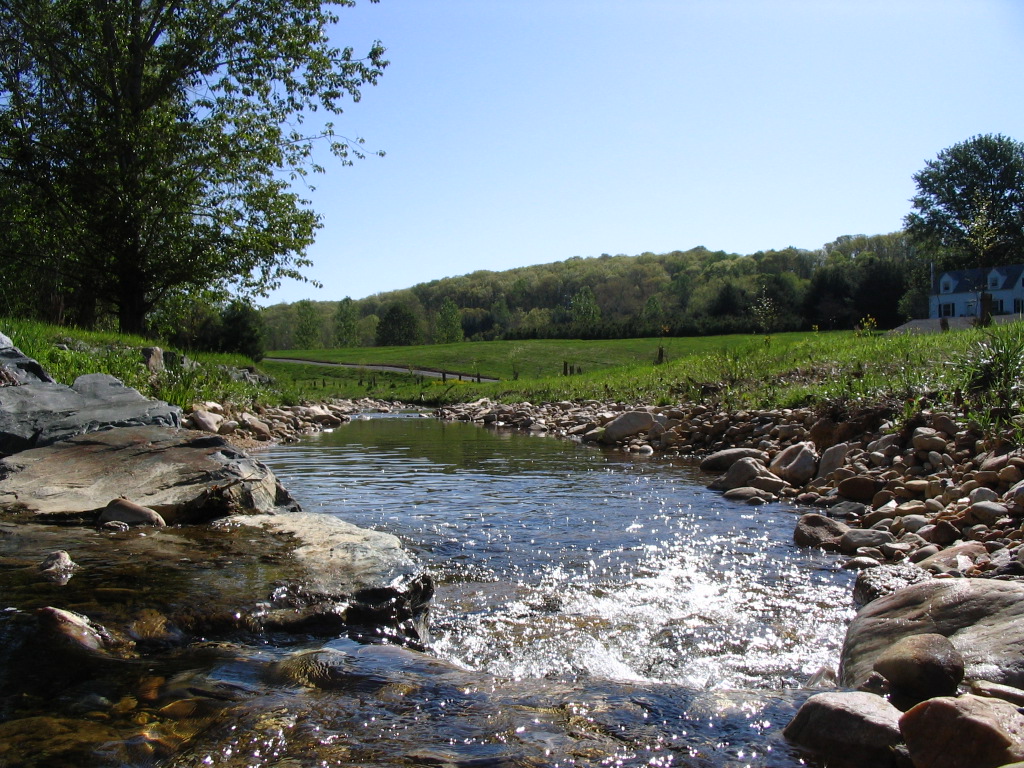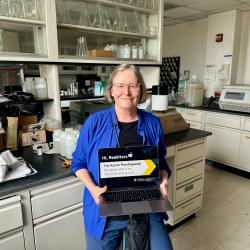U.S. Cityscapes Show Consistent Patterns of “Urban Evolution”
Urban waters record the salt in our food, cement in our sidewalks, UMD scientist says
Most people think of city landscapes as simpler, diminished versions of the wild forests and free-flowing streams found in remote places. But in a series of studies published Sept. 10, 2014 in a special issue of the journal Biogeochemistry, scientists specializing in urban ecosystems say just the opposite is true. Urban landscapes are more complex than they seem, and from coast to coast these ecosystems can work in surprisingly similar ways, regardless of local conditions. And they have the potential to change quickly – for better or worse – depending on how people manage them.
In 14 studies, scientists from across the U.S. examined the impacts of human actions on the geology, chemistry and biology of urban ecosystems. The studies were carried out in a broad range of climates from Boston and Baltimore to San Juan, Puerto Rico, Tucson, Arizona and Southern California, including sites in the National Science Foundation’s Long Term Ecological Research (LTER) network. Results were published in a special issue of Biogeochemistry exclusively devoted to urban ecosystems, edited by University of Maryland geologist Sujay Kaushal and University of New Hampshire ecologists William McDowell and Wilfred Wollheim.
"Urban ecosystems change relatively quickly in response to human activities,” says Kaushal. “These changes can result in rapid losses of ecosystem functions, like flood protection and pollution filtration, or they can result in progress toward ecological health and productivity. The difference depends in large part on how they are managed.” In an overview article, Kaushal, McDowell and Wollheim point out some key factors that affect the evolution of urban ecosystems. For example, the streams, lakes and land surfaces that make up cities’ watersheds show consistent patterns of change over time:
- They are becoming saltier, partly due to road salt used for de-icing, and partly because the salt that people eat ends up in urban streams. Excess salt in the human diet is excreted in human waste, and captured by sewer systems. Crumbling sewage pipes leak this chloride-laden waste into groundwater, where it eventually mingles with surface water, say the authors of the overview paper. The researchers propose that one way to track the spread of urbanization is by looking at the chloride content of cities’ freshwater rivers and streams.
- They carry the chemical signature of dissolving concrete, a major building material in urban areas since the mid-20th century. Most concrete contains cement made of powdered limestone, which weathers easily when exposed to acid rain or chemicals. The authors say many cities now have their own human-made geology: concrete surfaces that mimic a type of limestone called karst. This “urban karst” is constantly breaking down into its constituent elements, including calcium and carbonate minerals, which flow into urban streams and affect their pH content, and therefore their ability to sustain aquatic life.
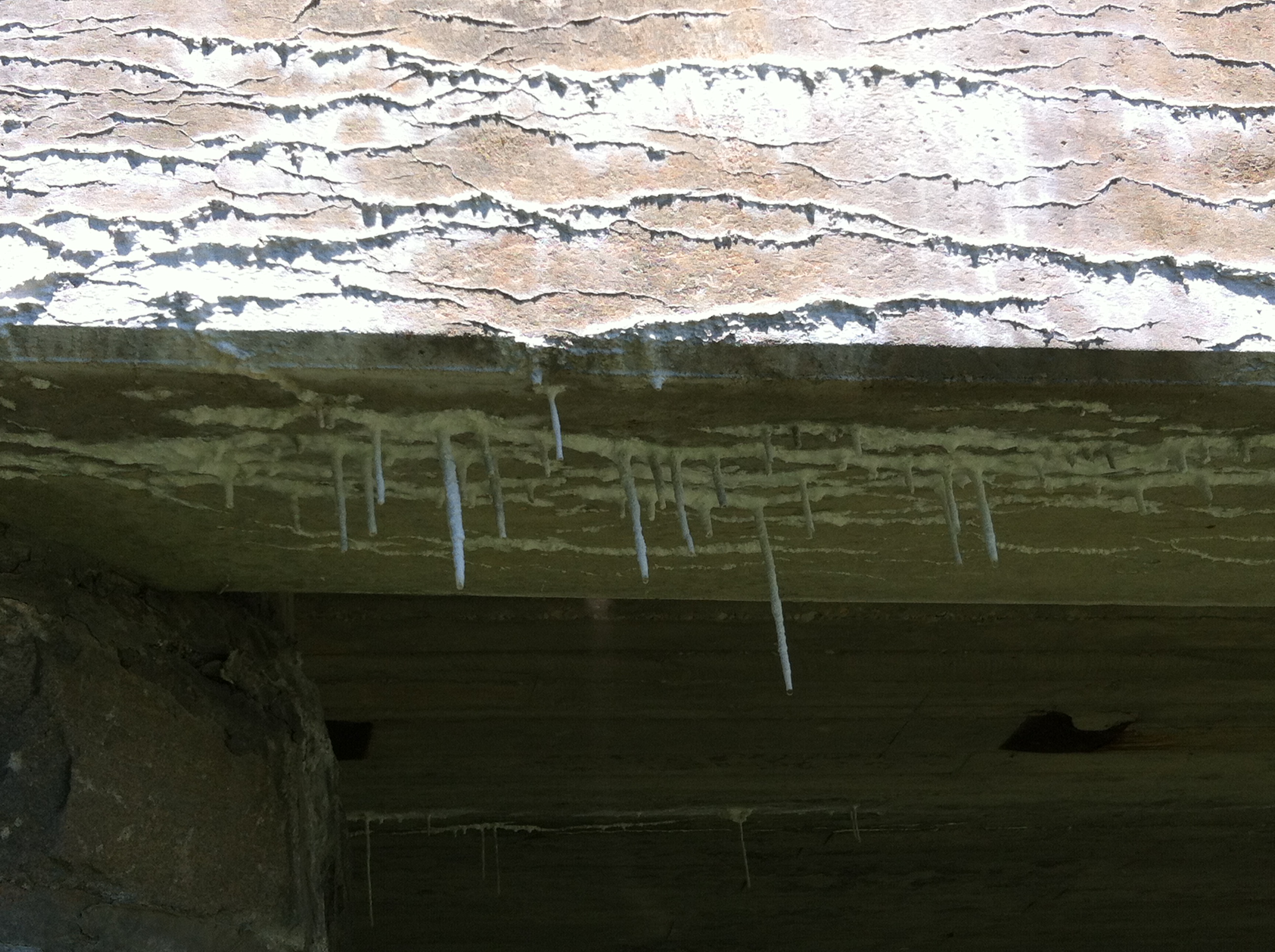
- Urban ecosystems develop “hot spots,” like road crossings where automobile exhaust, litter, de-icing salt and other human-made substances can sharply alter downstream water quality. They also experience “hot moments,” such as heavy rainstorms that wash large pulses of organic matter and manufactured chemicals into streams, or cause sewage overflows. These hot moments can suddenly change water chemistry in ways that shock natural systems.
- The networks that supply cities with water evolve and expand over time, including not just surface waters, but also storm drains, leaking water and sewer pipes, roofs and gutters, groundwater, and waste water that humans bring into the area from other watersheds. The boundaries between nearby cities’ watersheds are blurring, making it hard to define, study and manage them.
“There is a lot of good urban restoration work underway,” says McDowell, “but often it only has a short-term effect, because urban watersheds follow their own evolutionary paths. For example, utility managers may build a stormwater retention pond to capture polluted runoff, such as excess nitrogen from urban runoff. And it may work very well for a few years. But then it fills in with sediment, and becomes a wetland, and it’s no longer working the way the engineers designed it to work.”
“We hope scientists, managers and citizens will work together to make decisions that allow for what we call ‘urban evolution,’ – that is, changes in the ecology of cities over time, ” says Kaushal. “If we do that, we can find effective ways to understand and manage the trajectory of urban ecosystems, from decline towards sustainability.”
Copies of all 14 papers in the special issue on urban biogeochemical cycles will be available free of charge for 30 days, beginning Sept. 10, 2014, at the Biogeochemistry website: http://link.springer.com/journal/10533.
The research described in the special issue of Biogeochemistry was funded by the National Science Foundation (DBI 064030 and CBET 1058502) and its Long Term Ecological Research (LTER) network, including LTER sites in Baltimore, Md. (DEB-0423476 and DEB-1027188), Plum Island, Mass. (OCE-1238212) and Luquillo, Puerto Rico (DEB-0963447); the NSF Luquillo Critical Zone Observatory (EAR-1331841); the NSF Experimental Program to Stimulate Competitive Research (EPS-1101245); the New Hampshire Agricultural Experiment Station; NASA (Award No. NNX11AM28G); and Maryland Sea Grant (Award Nos. SA7528085-U, NA05OAR4171042 and R/WS-2). The content of this article does not necessarily reflect the views of these organizations.
Sujay S. Kaushal, Associate Professor of Geology
Download high resolution versions of the above images.
Media Relations Contact: Heather Dewar, 301-405-9267, hdewar@umd.edu
University of Maryland
College of Computer, Mathematical, and Natural Sciences
2300 Symons Hall
College Park, Md. 20742
www.cmns.umd.edu
@UMDScience
About the College of Computer, Mathematical, and Natural Sciences
The College of Computer, Mathematical, and Natural Sciences at the University of Maryland educates more than 7,000 future scientific leaders in its undergraduate and graduate programs each year. The college’s 10 departments and more than a dozen interdisciplinary research centers foster scientific discovery with annual sponsored research funding exceeding $150 million.



